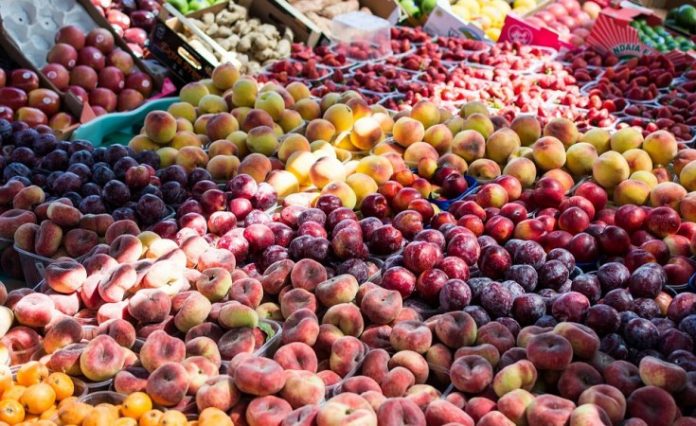In the pre-colonial days of the early 1900s, Africans predominantly farmed finger millet, sorghum, pearl millet, amaranth, jute mallow, spider plant, and lablab, among other indigenous crops. The farms were so rich in biodiversity that food production thrived. This subsistence nature of farming saw crops being transferred from farm to plate.
In the western Nyanza belt, for instance, ugali was brown (a mixture of sorghum and millet) and often accompanied by indigenous vegetables, such as elisaka (spider flower), omurere (jute), and chimboka (amaranth). During bountiful days, farmers thronged the local food markets to sell off their surplus produce. Food was diverse, high in nutrients, locally grown, and locally available.
In contrast, most farms in Africa today have morphed into monoculture (cultivation of one type of crop) farms. In Kenya, maize is the most dominant food crop on most farms. Cash crops, such as tea, cotton, and coffee introduced by the colonial enterprise, still dominate most farms, and food markets mostly sell kales (sukuma wiki), spinach, maize, and cabbage. Consequently, meals in most households have shifted to either white processed ugali and sukuma wiki or beef and chapati or rice. Food is now processed, low in nutrients and 14% of it is imported. Read more…



